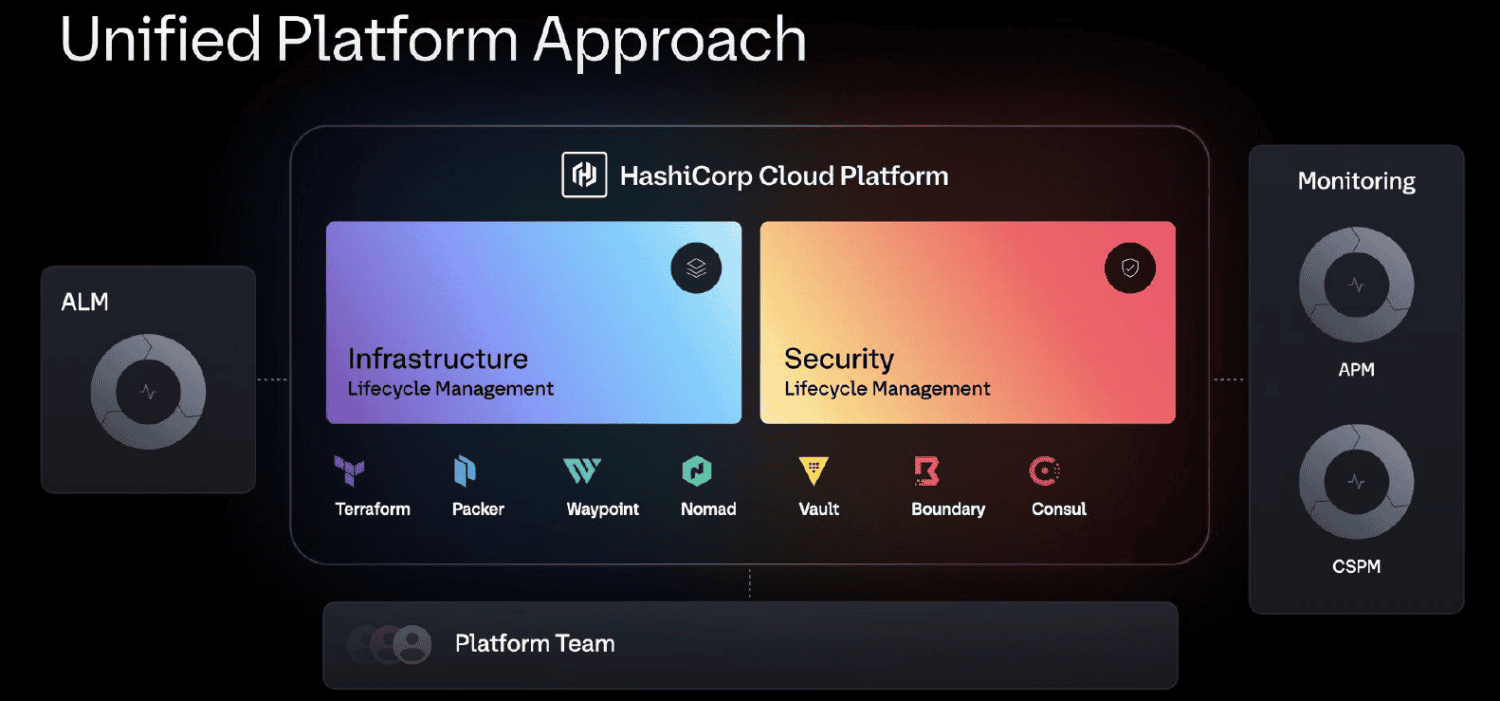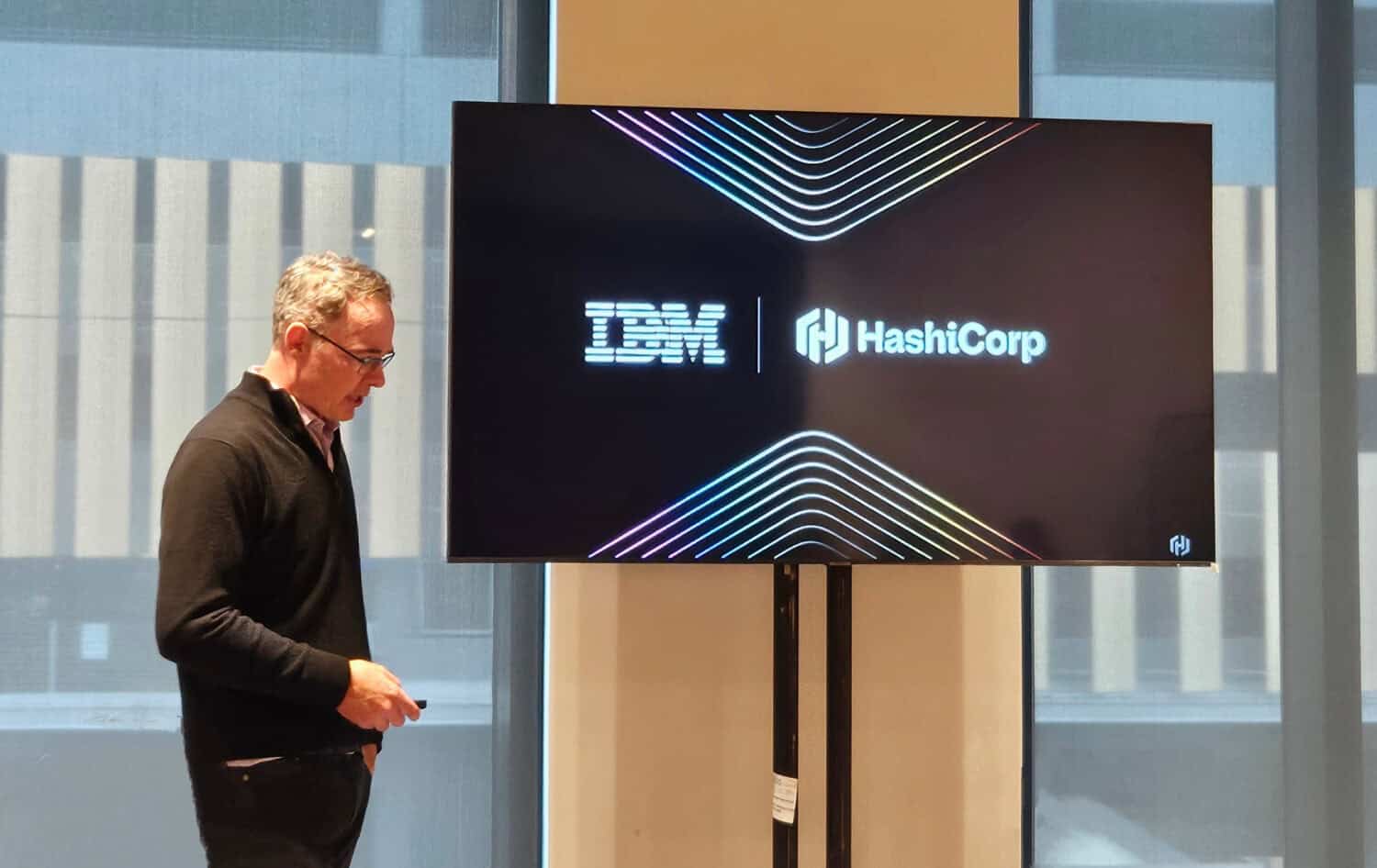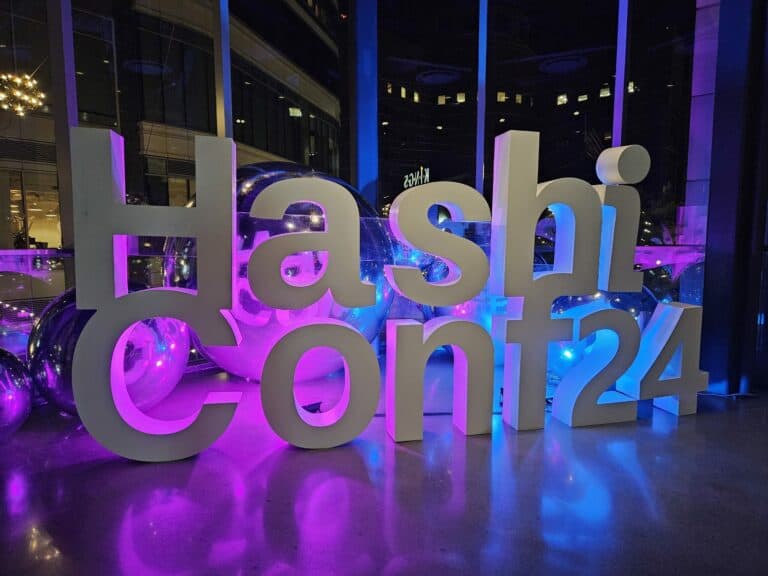HashiCorp offers solutions to companies whose workloads in multi- and hybrid cloud environments cause them to deal with high costs, management issues, and pressing security risks. As long as those companies are of big enough size and keen to enter a long-term relationship, HashiCorp is ready to help them out.
According to David McJannet, CEO of HashiCorp, companies waste millions annually by inefficiently setting up and managing their cloud infrastructures. That’s not necessarily an admonition, just an observation. After all, provisioning environments so that workloads run efficiently, securely, at scale, and remain somewhat affordable is a tough job for the best of them.
Most importantly, all of the above should be possible in multi- or hybrid cloud environments. Gone are the days when companies simply moved their workloads to the cloud. Today, companies are thinking more carefully about which workloads they want to house at which location. But whether that is on-prem, via hyperscalers, colocations, or otherwise, developers and end-users should not have to deal with any hiccups, escalating costs, or tedious reconfigurations due to these choices.
“Even we were wasting cloud resources a few years ago,” McJannet revealed at HashiConf in Boston. “And that’s even though we pride ourselves on being knowledgeable about this topic. Back then, I couldn’t have told you how much we were spending annually on our own cloud infrastructure.”
Scalable, consistent and secure
More companies have that problem, and HashiCorp is happy to provide a solution. For the total value chain of cloud-native application development, the company distinguishes four distinct tasks: setting up the underlying infrastructure, securing it, deploying and maintaining the applications, and monitoring.
The company likes to leave the latter to the Datadogs and Splunks of the world, and application management, in turn, to services like GitHub, Azure DevOps, BitBucket, and Jenkins (just to name a few partners).
Where HashiCorp believes it can make the most difference is in the setup of infrastructure and its security—not just the initial provisioning but rather the continuous management of the total lifecycle, with an eye on scalability, consistency, and security—and then also across multiple hybrid or multi-cloud environments.

“We are not a consulting company, but our customers question us continuously about all these issues,” McJannet said. The challenges these customers face are significant. According to both HashiCorp’s own research and that of Gartner and others, 91 percent of companies say they waste cloud resources, leading to as much as 35 percent overspending.
Of all enterprise organisations, 27 percent experienced security problems in their cloud infrastructure. Of those, 65 percent were caused by misconfigurations. When a leak occurs, nine times out of ten it is due to stolen or compromised credentials.
‘You know what? You guys do it’
HashiCorp has fully committed to providing tooling for managing cloud infrastructure as painlessly and securely as possible. The community versions offer this for free, and the enterprise versions offer paid (as well as self-managed) options. However, HashiCorp expects to add the most value with the SaaS versions of its products, i.e., the managed-service offerings within the HashiCorp Cloud Platform.
As we wrote earlier, McJannet said many customers initially think they are better at infrastructure than HashiCorp. “In the end, many say: You know what, you guys do it, ” the CEO laughed.
Tip: HashiCorp brings stacks to Terraform and doubles down on scalability
With HCP, the company takes all sorts of operational tasks out of customers’ hands, including setting up servers and databases, installing upgrades, patches and bug fixes, remote state storage and automatic backups (for HCP Terraform), encryption and key management (for HCP Vault) and various other maintenance tasks.
This ensures customers can focus on their core business, such as developing and deploying applications that actually make them money, instead of managing the underlying infrastructure. As a result, their time to market should be accelerated.
Suitable for multi- and hybrid clouds
Whenever you see the acronym ‘HCP’ in front of a product name, it concerns the version that is part of HashiCorp’s complete suite of managed services. Regardless of which products users choose, they can all be deployed platform-independently. So it doesn’t matter if customers run their workloads on AWS, Azure, GCP, on-prem or any other way.
Not every functionality in the HashiCorp toolbox is already available everywhere, but the intention is that availability will continue to expand. That is why the company is forming ongoing collaborations. The list is almost endless, although it depends on the partner with which tools their products integrate.
Billions of downloads for hyperscalers
Terraform, the provisioning tool HashiCorp is still best known for, has now been downloaded more than 3 billion times for AWS, according to the company’s own figures. That goes some way to explaining why this hyperscaler is a ‘platinum sponsor’ of the annual HashiConf conference, along with Microsoft Azure (more than 730 million downloads).
Google Cloud Platform accounts for more than 950 million Terraform downloads and is a ‘gold sponsor’ along with Datadog, Wiz, Palo Alto Networks, and Akamai. None of that in itself is all that important. Still, these companies are probably sponsoring the event because the cost savings, risk reduction, and efficiency gains promised by HashiCorp offer quite a bit of additional value for both hyperscalers and their customers.
Long-term relationships with large companies
Although Terraform is still freely available as an open-source community version, McJannet made it clear that HashiCorp’s focus will be on establishing long-term relationships with the world’s largest companies. Nearly 500 of its 4,700-plus customers are on the Forbes Global 2000 list of the world’s largest companies, a number HashiCorp would like to see grow even more.
Admittedly, such parties take longer to conceive, implement and deploy their desired infrastructure. Not to mention the stringent compliance requirements that many such parties will be bound by. Yet HashiCorp believes it can add the most value precisely because these are such challenging and lengthy processes. “Our tools ensure that we help such clients get the most robust cloud infrastructure in the long run,” McJannet said.
Tip: HashiCorp’s security tools Vault and Boundary get important new features
Ongoing lifecycle management
Haschicorp divides its products and functionalities by Day 0, Day 1 and Day 2+ use cases. Together, these cover the entire lifecycle management. For example, the new functionality in HCP Packer to provide images with CI/CD pipeline metadata is part of the ‘Build’ phase (or Day 0).
The new stacks feature in Terraform is a Day 1 functionality (Deploy phase). The ability to automatically decommission short-lived workspaces in Terraform concerns a Day 2 functionality (‘Manage’). The distinction is sometimes a bit artificial, but HashiCorp’s main concern is that customers and users become aware that managing cloud infrastructures is an ongoing process and, therefore, never ‘finished’.
Acquisition by IBM: everything according to plan
At the end of McJannet’s fairly informal chat with the press, the IBM logo suddenly appeared on his screen next to HashiCorp’s. It would be a bit strong to suggest that the journalists all held their breaths, but it is safe to say that everyone pricked up their ears.
After all, the two parties are currently hammering out the details of the 6.4 billion dollar acquisition, which is also scrutinised by U.S. authorities. Unfortunately, McJannet took the ‘no news is good news’ approach and said everything was going according to plan. “We are discussing all the issues that come with such a major acquisition.” With that terse statement, the press had to make do, as McJannet had quietly slipped out of the room without waiting for further questions.

